As of January 29th, 2022, there was a variety of changes made to the Highway Code (gov.uk). What is the Highway Code? The highway code is a set of rules, advice, and guidance that were given to keep road users and pedestrians safe. These rules have been in place since April 1931 in the UK.
6 Highway Code Changes
1. Hierarchy of Road Users
- Pedestrians – Least liability
- Cyclists
- Horse riders
- Motorcyclists
- Car and taxi drivers
- Van and minibus drivers
- Large passenger and HGV Drivers – Most liability
Those with the most potential to do harm such as those driving larger vehicles have more responsibility to reduce the threat posed to other road users. Comparable to these new rules, pedestrians have a higher probability to be injured in the event of an incident. As a result, drivers will be held more accountable for keeping an eye out for bicycles, pedestrians, and horseback riders.
2. Crossing at Junctions
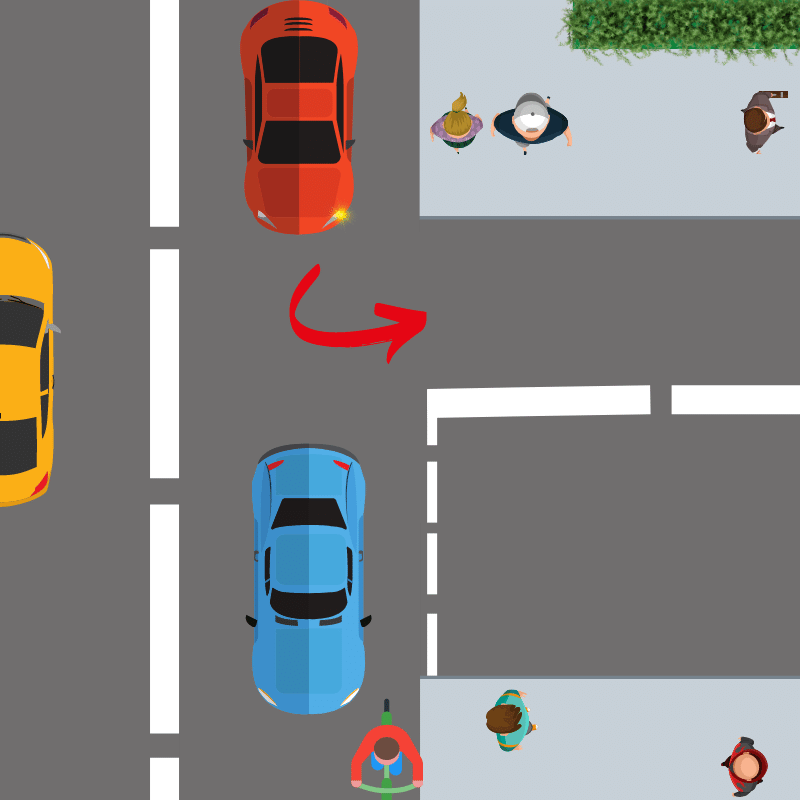
The updated Highway Code explains that at junctions pedestrians should be given priority when crossing or waiting to cross the road. To help ensure you take care at junctions you should:
- Be aware of cyclists, motorcyclists, and pedestrians, including those using motorised wheelchairs or mobility scooters, as they are not always visible. If you approach from behind, be aware that they may not have seen or heard you.
- If people have started crossing or are waiting to cross and traffic wants to turn into the road, the people crossing have priority and the traffic should give way so you should prepare for the vehicle in front stopping.
- Stay behind cyclists, horse riders, horse-drawn vehicles, and motorcyclists at junctions even if they are waiting to turn and are positioned close to the curb.
- Stay aware of long vehicles which may be turning at the junction ahead of you, as they may need the whole width of the road to make the turn.
- When waiting at a junction, do not trust that a car approaching from the right and signalling left will turn. Wait until you’re certain.
3. Overtaking when Driving/Cycling
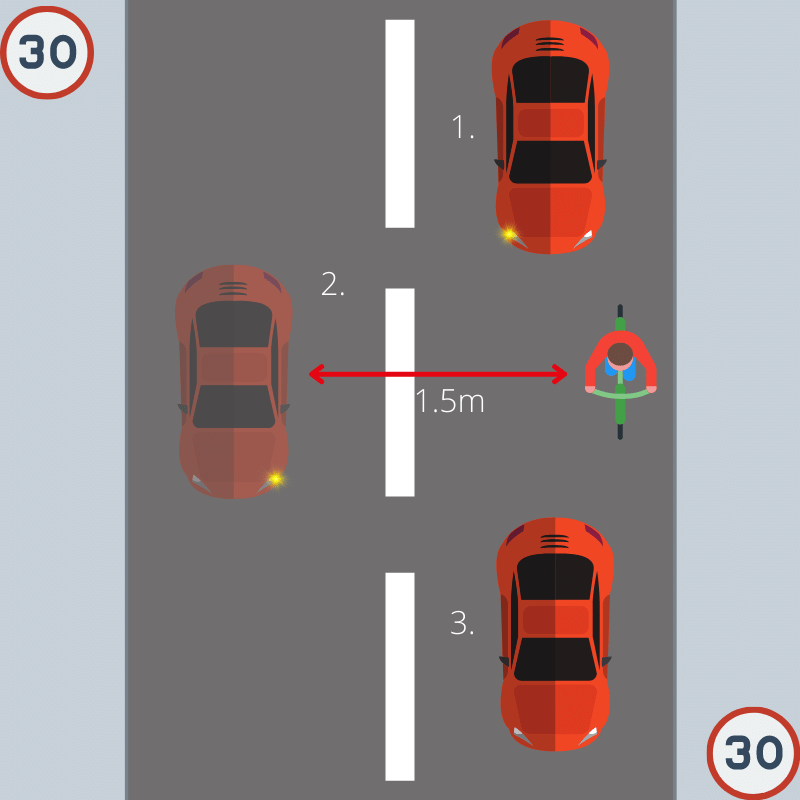
When overtaking someone riding a horse or cycling you can cross a double white line as long as they are travelling at 10mph or below. There has been an update on safe passing distances and speeds for those driving or riding motorcycles, These are as follows:
- When overtaking cyclists at speeds up to 30 mph, leave at least 1.5 metres (5 feet) between you and them, and give them extra room when overtaking at greater speeds.
- Passing people riding horses or operating horse-drawn vehicles at speeds under 10 mph with at least 2 metres (6.5 ft) of clearance.
- When passing pedestrians walking in the street (for example, if there is no pavement), provide at least 2 metres (6.5 feet) of space and drive at a modest speed.
4. People Cycling, Riding a Horse, and Driving Horse drawn vehicles on Roundabouts
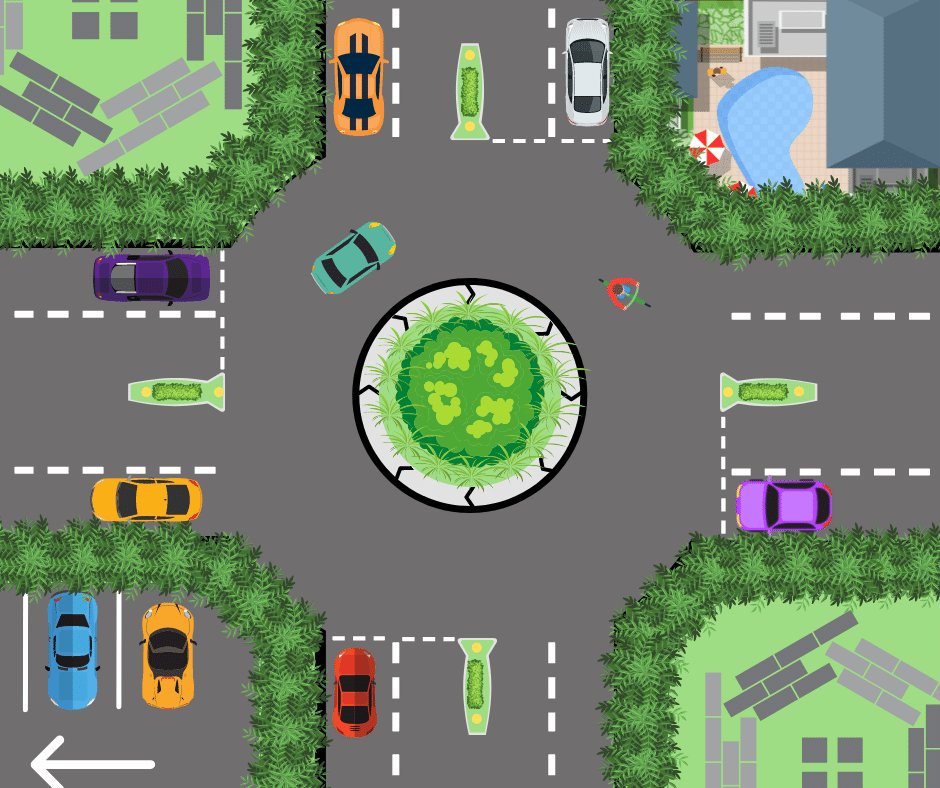
The Highway Code has been revised to make it clear that when you are driving on roundabouts you should give way to cyclists. According to the revised guidelines, if you are driving or riding a motorcycle you should.
· Not overtake a cyclist within that person’s lane.
· Permit cyclists to move across their path as they travel around a roundabout.
Advice has been provided to help explain that you should take extra care when entering a roundabout. This is to make sure that you don’t cut across people who are cycling or riding a horse.
5. The Dutch Reach
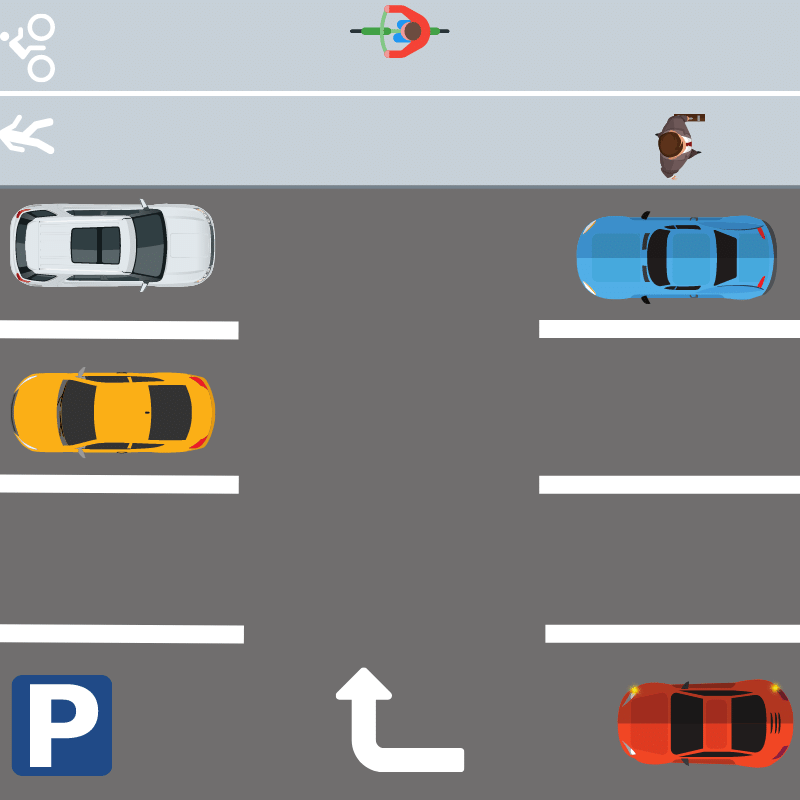
The Highway Code recommends you use a new technique when leaving your vehicle. This technique Is known as the Dutch Reach.
This is when you use the hand furthest from the door to open it, for the side of the driver this would be the left hand and the passenger side is your right hand. This forces you to look over your shoulder so you can see any cyclists or vehicles coming towards you. Following this technique will make you less likely to cause injury to people cycling or riding a motorcycle passing on the road, along with people on the pavement.
Most cyclist incidents are from people opening there are doors and not looking to see if other road users are approaching them.
6. Charging your vehicle
The Highway Code for the first time includes advice on charging electric vehicles. If you have an electric vehicle when charging you should.
- Try to avoid creating hazards with cables for people who may be walking. You can achieve this by parking close to the charge point
- Have a warning sign displayed if possible.
- Ensure you return charging changes and connectors neatly to reduce the hazard to others and avoid creating an obstacle on road for other road users.
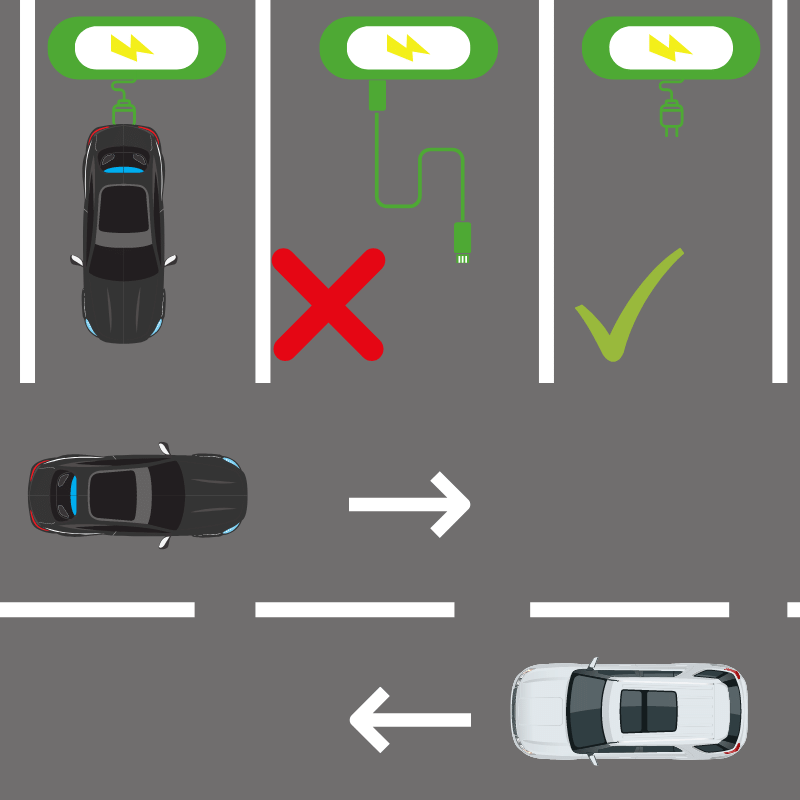
Staying Up to Date
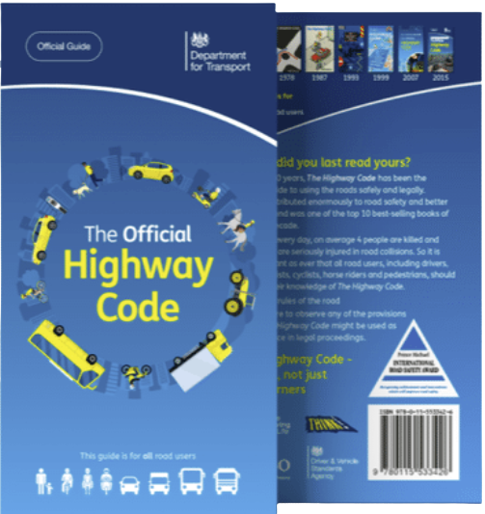
It very important to stay up to date with the Highway Code. It is updated regularly so all drivers must take the time to read it not just learner drivers. Many of the guidelines in the Highway Code are legal requirements so if you disobey these you are committing a criminal offence.
To stay up to date with the Highway Code you can:
- read the full updated version of The Highway Code, free of charge.
- Buy and download the IOS Highway Code App – It cost £3.49 and will be fully updated with all changes as of spring 2022.
- Pre-order an updated copy of the Highway Code book online
- Buy an updated copy of the Highway Code book at most high street bookshops from April 2022.
Why Has The Highway Code Been Updated
The UK Department for Transport has made changes to the Highway Code to help persuade people to walk and cycle more often. People who would otherwise choose healthier, greener means of transportation face a significant hurdle in the form of road safety and perceptions of road safety.
These modifications emphasize the importance of heavier road users keeping an eye out for individuals who are more susceptible to harm. They also clarify how bikes should place themselves on the road and gives pedestrians more right of way. This combination of adjustments should give individuals the confidence to walk or cycle safely.






